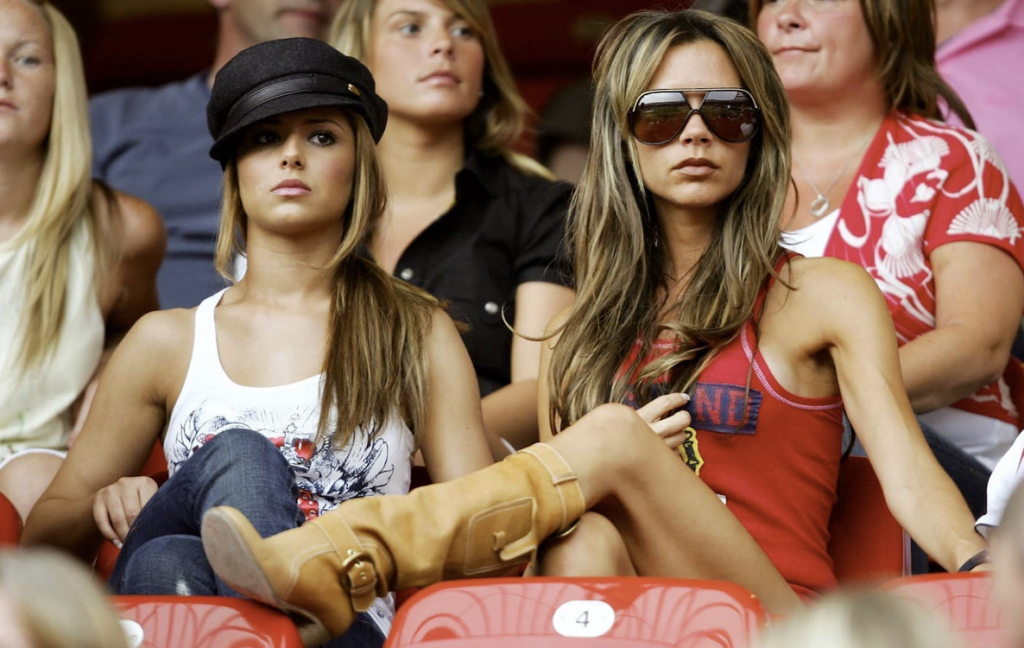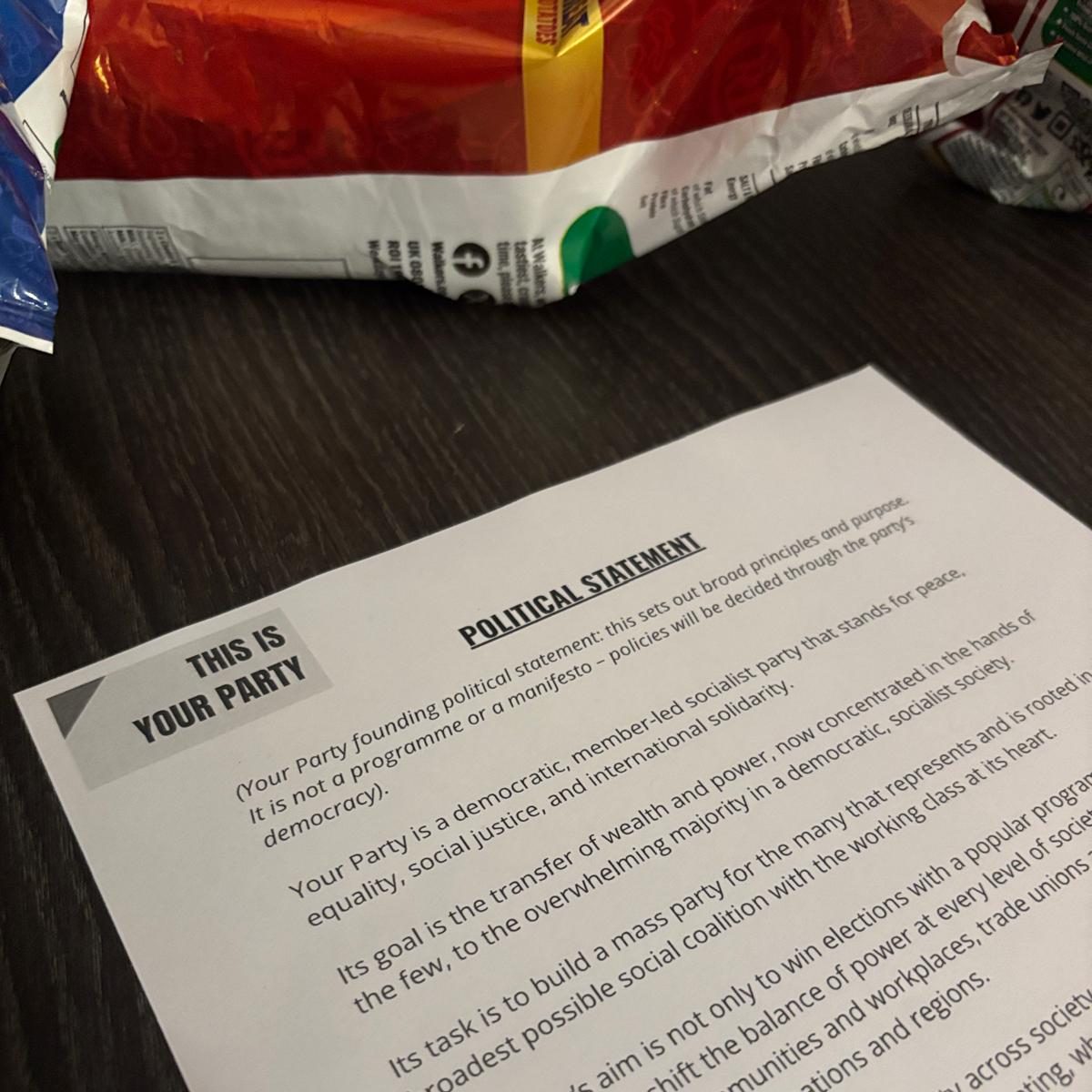By Skye Slatcher
WAGs. The Wives and Girlfriends of sports stars. We are obsessed with them. But what’s the deal? How has WAG culture changed recently?
In the first episode of Colleen Rooney’s Disney+ series, one paparazzo recalled the first time he was sent to photograph Colleen. It was 2002, Wayne Rooney, aged 16, had just scored his first Premier League goal for Everton. The media loved him and wanted to know everything about him, including who he was dating. The paparazzo snapped photos as she walked home from school. She was a teenager, but her life suddenly involved navigating men hiding behind bins trying to take pictures of her. Since then her fame has grown; recall the infamous Wagatha Christie scandal in 2022. But still, to be 16, followed by cameras for no reason other than your romantic partner seems terrifying. To me, spending a life viewed as a wife and little more would feel rather unfulfilling.
When she first got into her relationship with David Beckham, Victoria (then Adams) was undoubtedly the more famous of the pair as Posh Spice. But within a few years, she found herself labelled a WAG and not much more. During the 2006 World Cup, the idea of a WAG became popularised, and Victoria became the ‘Queen WAG’. This was a time of widespread public misogyny, especially towards high-profile women in the media like Britney Spears; WAGs were subjected to the same treatment. One Daily Mail article wrote, “They possess no curiosity about anything other than clothes, champagne and their reflections.” In 2010, the Equalities and Human Rights Commission said the term was offensive and demeaning to women. It has been consistently used to demean and restrict women to a single label.
Since then, the concept has grown beyond just football. Now, any sportsman’s partner can be dubbed a WAG. F1 has seen a boom in WAG culture. Social media accounts share their daily activities, outfits, and sightings of them. However, they remain seen as extensions of their partners. They are discussed in relation to the drivers, not as successful people in their own right. Charles Leclerc’s girlfriend, Alexandra Saint Mleux, is a good example of this: she is a 21-year-old Art History student, but she is only really discussed as an extension of the driver or in comparison to his ex. Never viewing these women as individuals is concerning and misogynistic.
After Taylor Swift and Travis Kelce revealed their relationship, Swift too has been referred to as a WAG. Her celebration of the Chief’s win, while watching from the VIP area with other players’ partners, prompted an inflow of articles discussing her WAG status. Apparently, it is now cool again to be a WAG!
But are things really different now? In some ways, perhaps, the attitudes of sports corporations, the media, and audiences have changed. Sports corporations are starting to realise the value of high-profile women connected to their sports. This has been seen most clearly in the Swift-Kelce relationship. The Chiefs, the NFL, and broadcasters have taken the opportunity to attract more female fans, using Taylor’s songs and Eras Tour-inspired bracelets, with stadiums seeing more Taylor-related signs at games. These have contributed to the quick growth of media engagement, especially among women. Some might view this as an exploitative measure by sports organisations to boost profits, but it could also serve as the trigger for a vital shift towards realising the importance of incorporating women in sporting discussions.
WAG culture needs fundamental change. Women ought to be appreciated and supported for their individualism and own careers. To continue the reductive trends of the last 20 years is unequivocally misogynistic and damaging.
Photo by Getty Images




